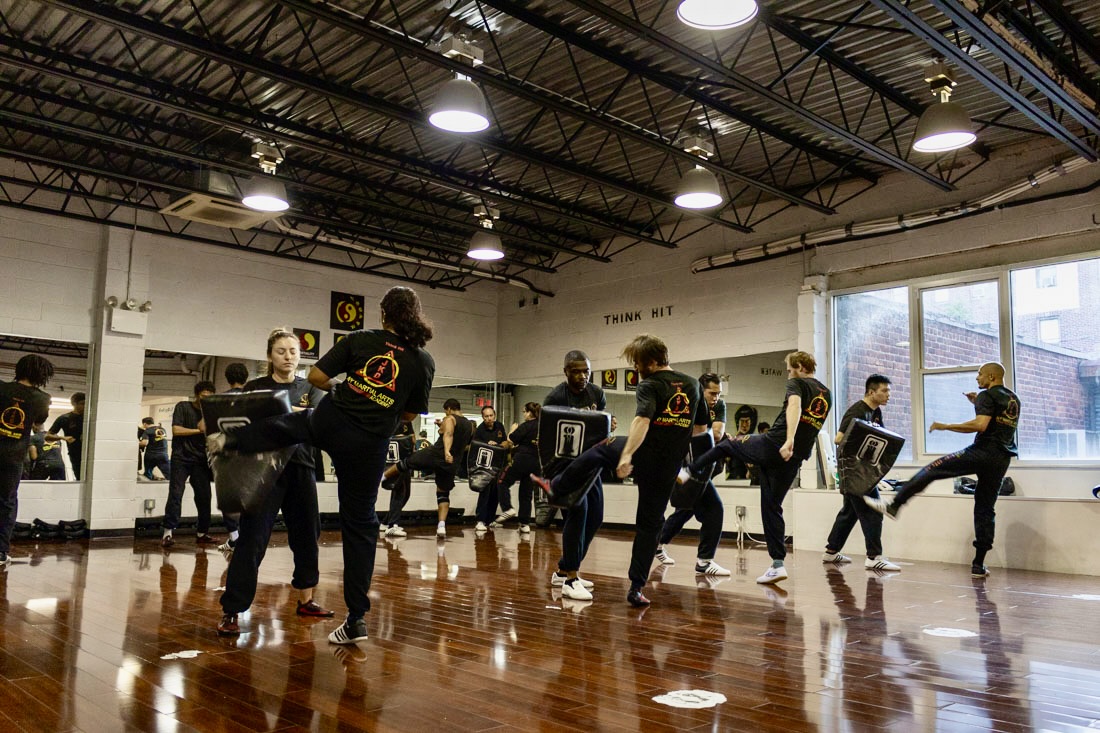When it comes to self-defense, not all martial arts are created equal. While many styles offer valuable techniques, the ultimate goal of self-defense is survival—escaping danger with minimal harm. With so many options available, it’s essential to identify which martial art truly prepares you for real-world scenarios. Let’s explore the most effective martial arts and why Jeet Kune Do (JKD) stands out as the best choice for self-defense.
Evaluating Martial Arts for Self-Defense
To determine the best martial art for self-defense, we need to consider several factors:
- Practicality – Can the techniques be applied in real-life altercations?
- Effectiveness Against Multiple Attackers – Does the system prepare you for situations where more than one person is involved?
- Adaptability – Is the training focused on adjusting to different threats, such as weapons or surprise attacks?
- Efficiency – Does the martial art allow a smaller, weaker person to defend themselves effectively against a stronger opponent?
Popular Martial Arts and Their Self-Defense Value
Mixed Martial Arts (MMA)
MMA is widely recognized for its effectiveness in sport competition, combining elements of boxing, kickboxing, Brazilian Jiu-Jitsu (BJJ), wrestling, and Muay Thai. Fighters develop striking, grappling, and endurance, making them well-rounded athletes.
Pros:
- Develops combat experience under pressure
- Builds strong striking and grappling skills
- Enhances physical conditioning and endurance
Cons:
- Governed by rules that restrict key self-defense tactics such as eye gouges and groin strikes
- Training is designed for controlled one-on-one combat, not multiple attackers
- Does not teach you how to deal with weapon attacks or disarms
Brazilian Jiu-Jitsu (BJJ)
BJJ specializes in ground fighting and submissions, teaching practitioners how to neutralize opponents through leverage and technique.
Pros:
- Effective for controlling and submitting larger opponents
- Teaches escapes from common holds and chokes
- Builds confidence in close-quarters confrontations
Cons:
- Ground-focused approach is not effective in fights with multiple attackers
- No emphasis on striking or dealing with weapons
- Longer time to disable an opponent compared to striking-based arts
- Injury is common due to its close-contact nature, use of joint locks and chokes that put significant stress on the body
Krav Maga
Krav Maga was developed for the Israeli military and emphasizes practical, real-world self-defense.
Pros:
- Simple, aggressive techniques designed to incapacitate attackers quickly
- Includes defenses against weapons and multiple attackers
- Focuses on situational awareness and avoiding danger
Cons:
- Lacks an organized progression system compared to traditional martial arts
- Some techniques can be too high-risk in a real fight, leaving the defender vulnerable if an attack doesn't go as planned
- Can be overly aggressive, making legal self-defense considerations important
- Some schools focus more on the fitness element than actual combat readiness
Boxing
Boxing is one of the oldest and most refined striking arts, focusing on punches, footwork, and head movement.
Pros:
- Develop hand speed and punching power
- Strong footwork and defensive head movement
- Develops endurance and the ability to take a hit
Cons:
- No training for grappling, kicks, or ground fighting
- Lacks techniques for dealing with weapons or multiple attackers
- Its a sport that works within a set of rules, prohibiting the use of important self-defense tactics like groin kicks and eye gouges
- Does not deal with low line attacks
Jeet Kune Do (JKD) – The Ultimate Self-Defense Martial Art
Jeet Kune Do, founded by Bruce Lee, was designed specifically for real-world combat. Often called “Scientific Street Fighting,” JKD is not a sport but a philosophy and training system that adapts to any situation.
Why JKD is the Best Martial Art for Self-Defense:
- No Rules, Only Effectiveness – Unlike MMA, Boxing or BJJ, which are bound by competition rules, JKD incorporates strikes to vital areas (eyes, throat, groin) to neutralize threats quickly.
- Situational Awareness – JKD emphasizes avoiding conflict when possible and using force only when necessary. Students learn to assess threats and respond accordingly.
- Defense Against Multiple Attackers – Unlike many combat sports, JKD prepares practitioners to handle multiple opponents and escape dangerous situations efficiently.
- Weapons Training – Real-world threats often involve weapons, which are largely absent in MMA and BJJ training. JKD incorporates stick and blade defenses, making it more practical for survival.
- Adaptability & Efficiency – JKD teaches you all the self-defense tools you have available at any given time, allowing students to adjust to any situation, rather than being restricted to a single approach or rigid technique that may not work in a real world street encounter.
Train for Reality, Not Just Competition
While many martial arts offer valuable skills, not all are designed for real-world self-defense. MMA, BJJ, Boxing and Krav Maga have their strengths, but Jeet Kune Do stands out because of its efficiency, adaptability, and focus on survival. At NY Martial Arts Academy, we train students in JKD to prepare them for real-world encounters, not sporting events.
If you’re serious about learning self-defense that works in any situation, contact us today for a free trial lesson and experience the power of Jeet Kune Do for yourself!

